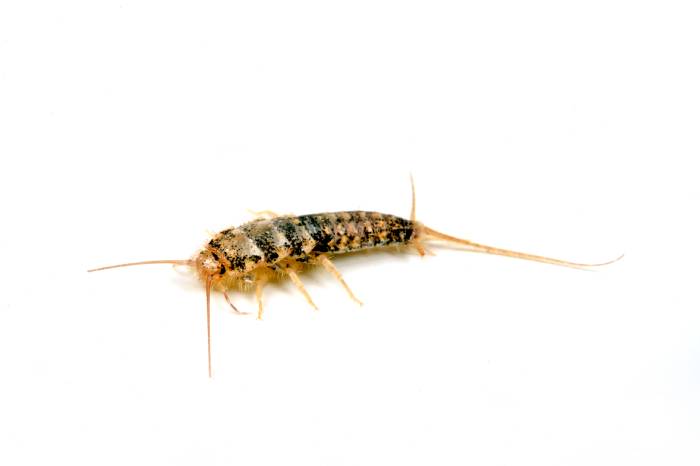Firebrats in Michigan
Firebrats can be found all over Michigan, though they tend to be most common in urban or suburban areas. They’re known to infest homes and other buildings and can be especially prevalent when the temperatures are warmer. They’re an all-year species, but don’t do well in our cold Michigan climate, so their population tends to dwindle in the winter. Even so, they can survive the winter indoors if they have a warm, comfortable hiding spot.
Firebrat Habitat
Firebrats may be found in most parts of the world, indoors or outdoors. Like their close relative, silverfish, firebrats prefer areas with humidity, but unlike silverfish, they actively seek out habitats that are quite warm. At between 1 ½ months to 4 ½ months, firebrats reach maturity and may begin breeding if the temperature is right (90 – 106 degrees F). Over the course of their 3 – 5 year lifespan, female firebrats can lay up to 6,000 eggs. Firebrats are detrivores, which means they feed on organic matter. They’re not picky when it comes to their diet and have been known to congregate near food sources like dog food, flour, and old books. They’ll also eat dead insects, decaying plants, and even other firebrats. Outside, they spend much of their time under rocks and hiding in leaf litter.
Firebrat Behaviors, Threats, or Dangers
Firebrats are a pest that can rapidly breed and multiply in your home, but they’re relatively harmless. They don’t bite or sting, but they can contaminate food. They also have enzymes in their body to digest cellulose, which can cause damage to books and bookcases, closets, clothing, and dry goods. If you are concerned about firebrats in your home, don’t hesitate to contact us today.





